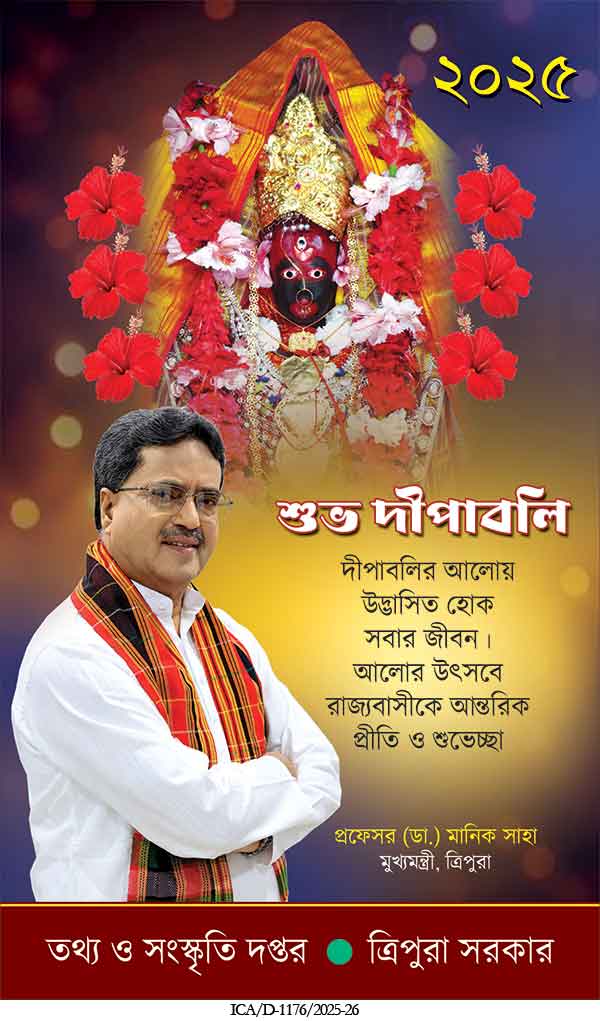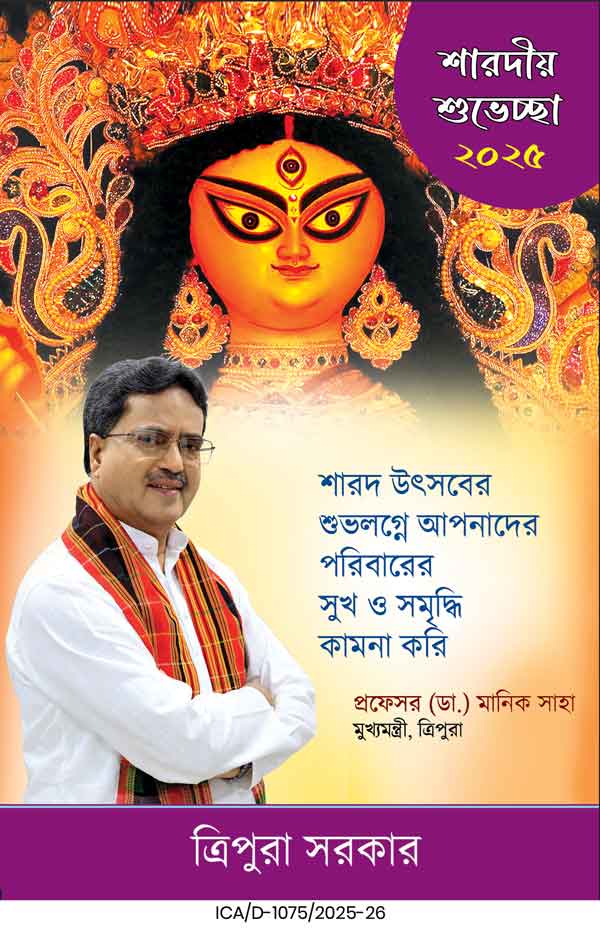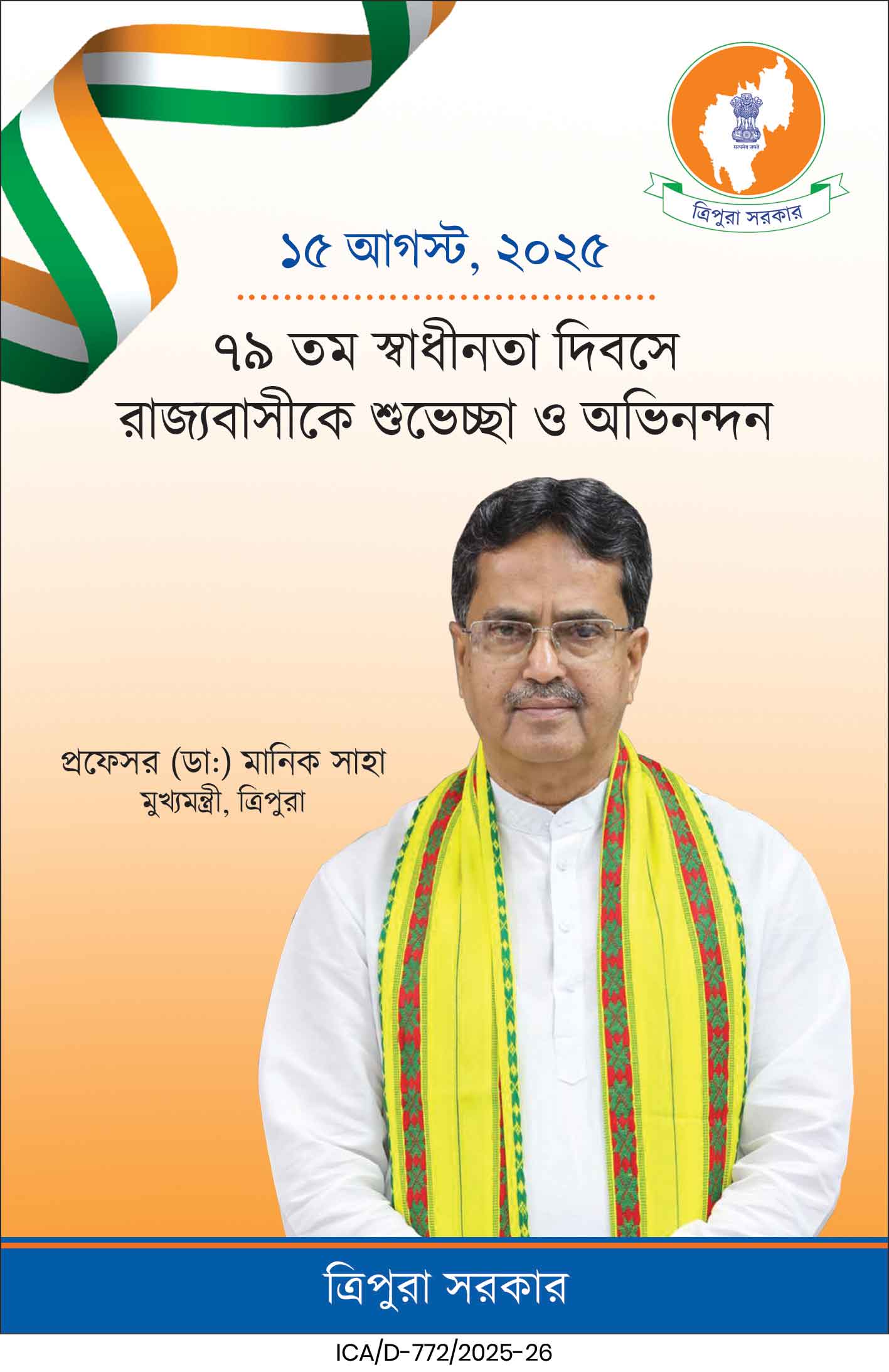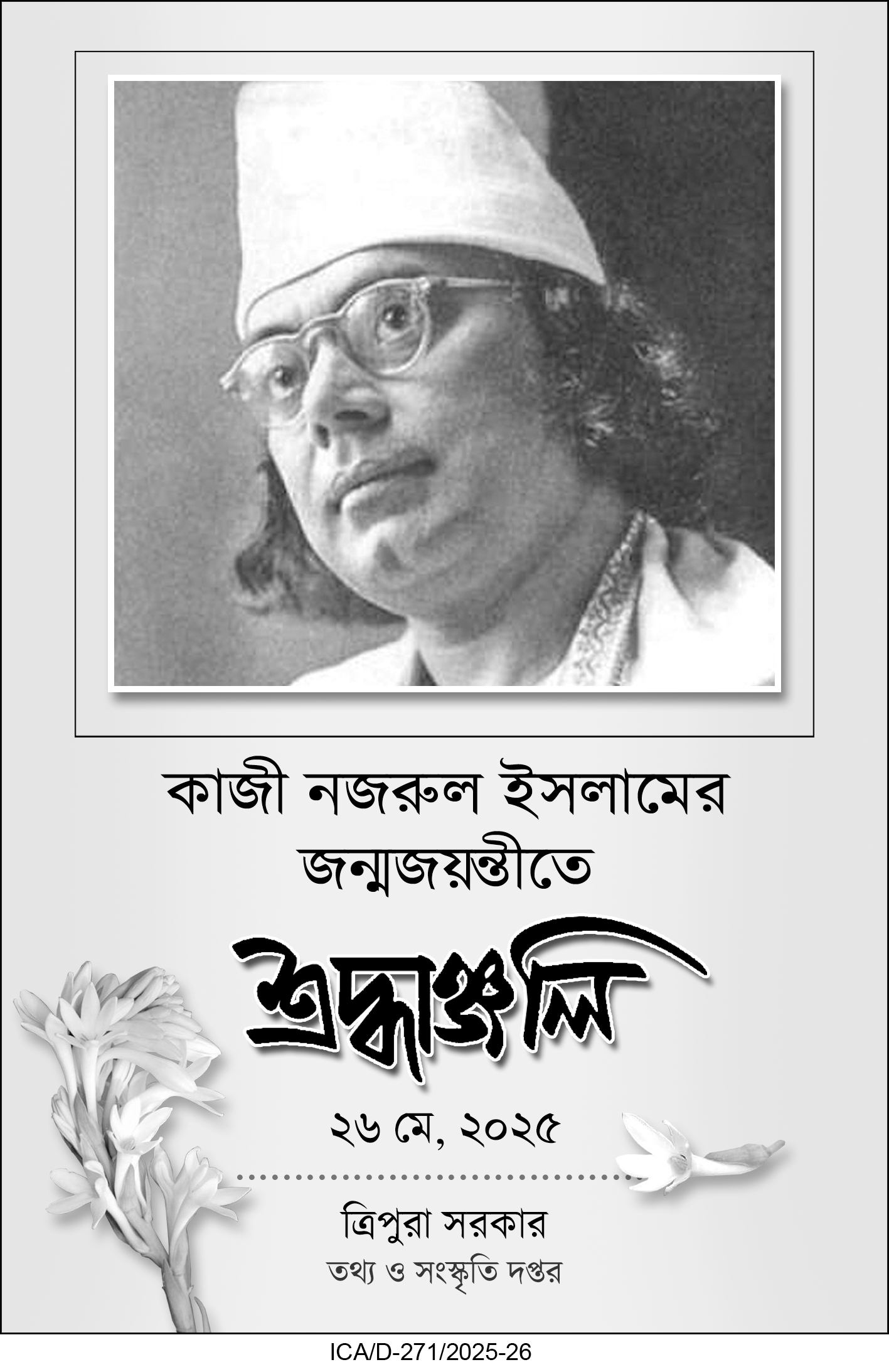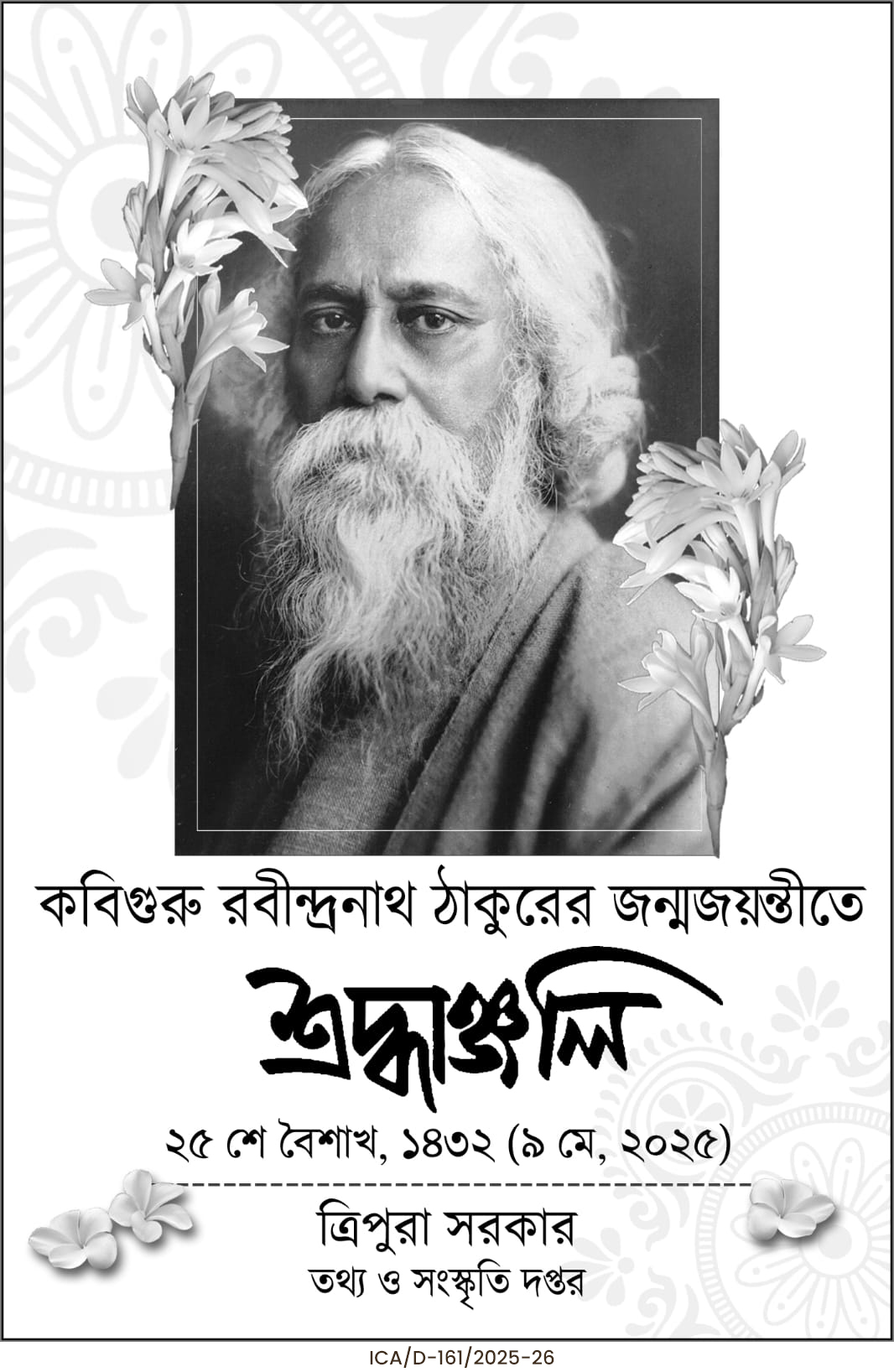The Karnataka HC postponed its hearing on the Bengaluru stadium stampede that killed 11 people, after the state government sought time to submit a sealed report. The court had earlier raised concerns over safety lapses during the RCB victory celebrations at Chinnaswamy Stadium.
The Karnataka High Court has postponed further hearings on the tragic Chinnaswamy Stadium stampede incident in Bengaluru to June 12, after the state’s Advocate General (AG) Shashikiran Shetty sought more time to file a detailed report. The stampede, which occurred on June 4 during the Royal Challengers Bengaluru (RCB) team’s victory celebrations, resulted in the death of 11 people and left several others injured.
The High Court had earlier taken suo motu cognisance of the incident and turned it into a Public Interest Litigation (PIL). Acting Chief Justice V. Kameshwar Rao and Justice C.M. Joshi presided over the hearing on Monday, June 10. During the session, the AG informed the court that a judicial commission had been constituted to investigate the incident and that some police officers had already been suspended.
He argued that if the government’s report were submitted in open court, it might lead to prejudgment of the case, potentially affecting the ongoing inquiry. Stressing the need for an unbiased investigation, Shetty urged the court to allow the government to submit the report in a sealed cover. Accepting the plea, the Bench granted time until Thursday for the submission and scheduled the next hearing for June 12.
In earlier proceedings on June 5, the High Court had raised serious concerns about potential lapses in crowd control and emergency preparedness. The Bench questioned whether Standard Operating Procedures (SOPs) were followed and sought detailed information about safety protocols implemented during the RCB celebration event.
Specifically, the court asked how many gates the stadium had and how many were open during the celebration. The AG, while defending the government, claimed that all 21 gates of the stadium were open and that 1,600 police personnel had been deployed—more than double the usual 700 typically assigned during cricket matches.
However, contradicting the government’s version, senior counsel G.R. Mohan claimed that only three gates were actually open at the time of the event. Another senior advocate, Hemanth Raj, criticized the rationale behind organizing such a large public event for a private sports franchise like RCB, arguing that the tragedy was avoidable and caused by poor planning. He noted that two events were allowed to occur on the same day, leading to a chaotic situation.
The High Court also questioned the absence of on-site medical facilities and ambulances, which could have mitigated the disaster’s impact. The acting Chief Justice asked the state to provide a comprehensive status report covering these issues, including crowd estimates, emergency arrangements, gate management, and security deployment.
The AG’s statement that approximately 2.5 lakh people had gathered at a stadium designed to accommodate only 35,000 has also intensified scrutiny of the government’s event planning and crowd management strategy.
| Also Read: Chinnaswamy Stadium stampede: 11 dead during RCB victory celebration |
Given the gravity of the tragedy and public outcry, the court has made it clear that it will closely examine the government’s sealed report when submitted. The outcome of this inquiry could shape future public event protocols and accountability mechanisms in the state.
The next hearing on June 12 is expected to provide crucial insights into whether negligence, mismanagement, or systemic failures were responsible for the deadly stampede.

